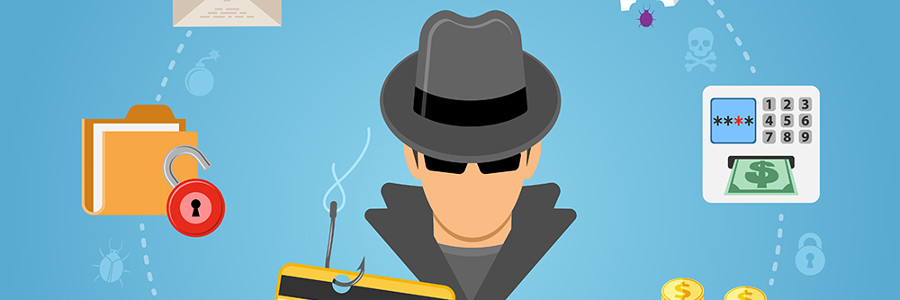The evolving cyberthreat landscape poses a significant risk to small businesses. Cybercriminals often target such businesses due to the valuable data they possess and possibly less advanced security measures. To protect themselves, small businesses often implement safeguards including firewalls, data backups, and ongoing cybersecurity training for employees.
Network Titan
NIST-recommended guidelines for passwords

Weak passwords and bad password management habits continue to be significant cybersecurity threats, jeopardizing the integrity of critical data and systems. Recognizing this risk, the National Institute of Standards and Technology (NIST) developed standards and best practices for password creation and management.
How hackers can infiltrate your systems
What are the pros and cons of monitoring employees online?
Most essential cybersecurity training topics to safeguard your business

It’s no secret that cybersecurity has become a necessity for small businesses. As the threat landscape continues to evolve, grasping the fundamentals of cybersecurity is not only crucial for safeguarding your operations, but also for keeping your business from becoming a gateway to more widespread attacks.
Navigating the digital wilderness: Understanding watering hole attacks and shielding your online oasis

Watering hole attacks can be devastating for any organization, big or small. It's crucial to understand what they are and how they work in order to keep your online oasis safe from these malicious attacks. In this guide, we'll dive into the world of watering hole attacks and provide you with tips on how to protect yourself.
Top 2024 cybersecurity trends every business owner needs to know
How to safeguard your business during the festive season
Guard against hackers with these tips
Avoid falling victim to social engineering tactics with these tips

While business owners may invest heavily in malware protection, they often overlook the vulnerabilities inherent in human behavior. Social engineering, a cunning strategy that exploits human trust and psychology, requires little or no sophisticated technology, yet can inflict significant damage by luring unsuspecting individuals into divulging sensitive information.






